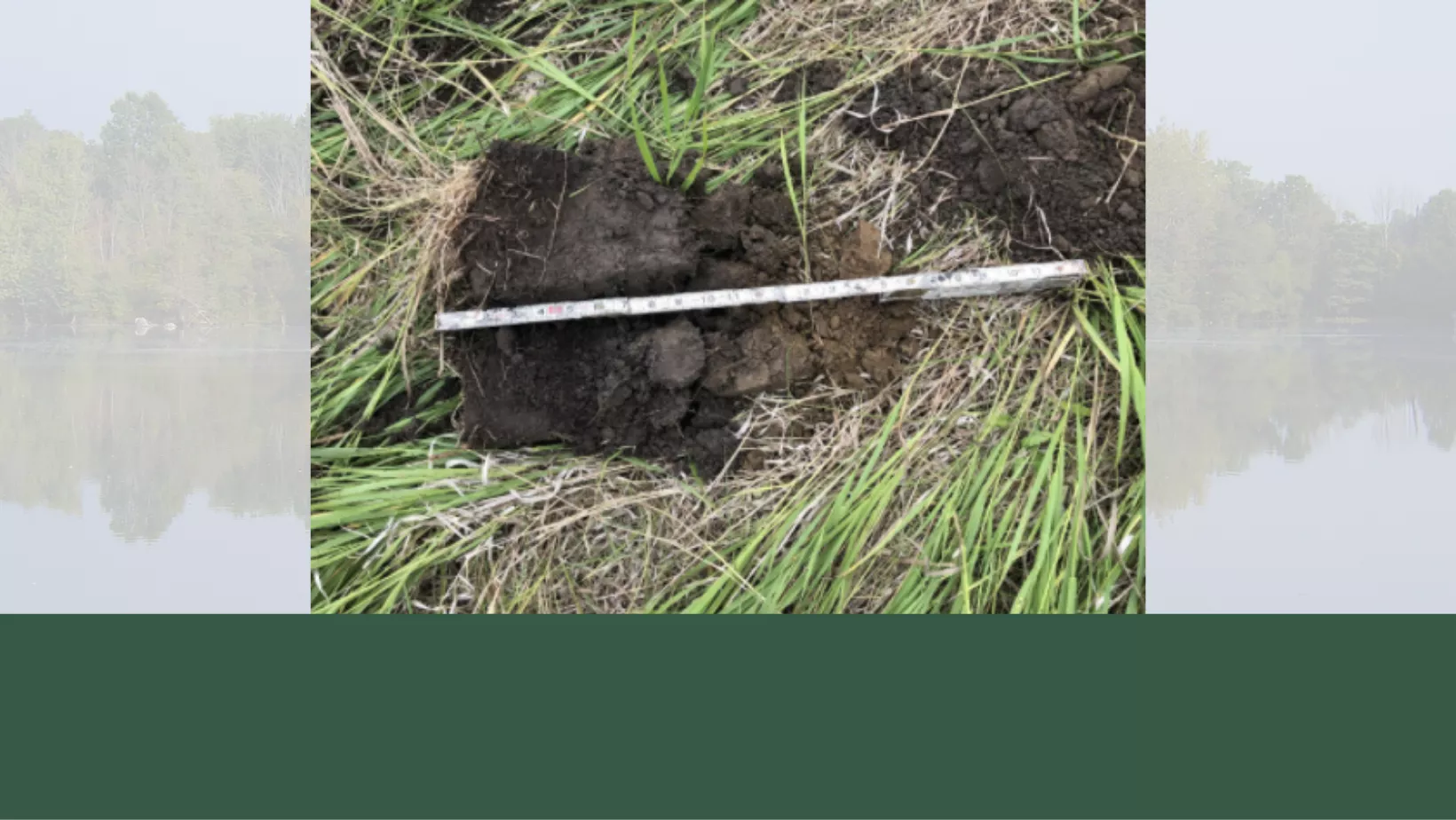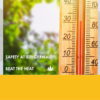Wetland Soil Typing
Many people may look at the ground and only see a mud or sand pit, but there are actually many layers within the soil. These layers can be incredibly interesting and can contain many different textures and colors. They can be classified as different types and their identification can be used to determine if a particular soil can be labeled as a “wetland soil”. This is also a step in the wetland delineation process, a service currently being offered though the Environmental department at Steigerwaldt Land Services.

A few key characteristics that allow us to do this are color, texture and depth of each soil layer. To get an accurate depiction of its true color, the soil sample needs to be sprayed lightly with water. A Munsell Soil Color Book is then used to assign the soil color with a numerical value that is recorded in a data sheet.
Texture is another key characteristic used in soil typing. There are three main types of soil textures – sand, clay and loam. A soil sample is again, sprayed lightly with water and a flow chart is used to depict the correct texture. Sand is the most coarse and dry material versus clay, which is much more silty and smooth. Loam is a cross between these two textures, being neither very smooth or very coarse.
After a soil pit has been dug a measuring stick is used to record when each different layer starts and stops within the pit. At this time the depth of water table and saturation is also measured.
Once these three factors are collected and recorded onto data sheets the status of whether or not it is a wetland soil can be determined. Even though it may not be immediately obvious, soils contain many interesting and complex characteristics. The environmental specialists at Steigerwaldt Land Services are trained in studying these soils and are always willing to assist with any wetland delineations or soil typing needed.
– Kate Handberg, Environmental Assistant/Staff Forester







